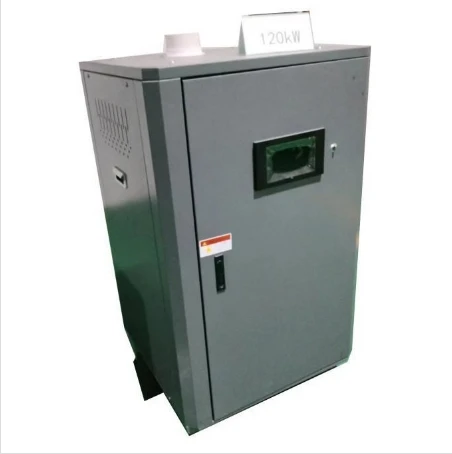Oct . 13, 2024 02:31 Back to list
chiller exchanger
Understanding Chillers and Heat Exchangers Essential Components of Modern HVAC Systems
In the realm of modern heating, ventilation, and air conditioning (HVAC) systems, chillers and heat exchangers play a pivotal role in maintaining comfortable indoor climates while optimizing energy efficiency. This article explores the functions, types, and applications of chillers and heat exchangers, illuminating their crucial contribution to industrial and commercial environments.
What is a Chiller?
A chiller is a critical piece of equipment used to remove heat from a liquid through a vapor-compression or absorption refrigeration cycle. In practical terms, chillers are commonly used in air conditioning systems to cool air or materials in various industrial processes. They circulate chilled water through piping to heat exchangers or coils where the temperature modulation occurs, thereby ensuring that spaces remain comfortably cool even in extreme temperatures.
There are several types of chillers, including air-cooled and water-cooled systems. Air-cooled chillers use ambient air to remove heat from refrigerant, making them ideal for smaller applications or where water is scarce. In contrast, water-cooled chillers leverage cooling towers, providing enhanced efficiency for larger systems where continuous cooling is paramount.
What is a Heat Exchanger?
Heat exchangers are devices designed to transfer heat between two or more fluids without mixing them. They are essential in a multitude of applications, from industrial processes and power plants to domestic heating systems. The primary function of a heat exchanger is to maximize thermal efficiency, allowing for effective heating or cooling while minimizing energy loss.
Various types of heat exchangers exist, including shell-and-tube, plate, and finned-tube heat exchangers. Shell-and-tube heat exchangers feature a series of tubes within a larger shell, making them ideal for high-pressure applications. Plate heat exchangers, on the other hand, consist of multiple thin plates stacked together to enhance surface area and improve heat transfer efficiency. Finned-tube exchangers are often employed in HVAC applications, as they utilize fins to increase surface area and thus enhance the heat transfer process.
chiller exchanger

The Interplay Between Chillers and Heat Exchangers
Chillers and heat exchangers work seamlessly together in an HVAC system. The chilled water produced by the chiller flows through the heat exchanger, where it absorbs heat from the surrounding air or liquid. This heat absorption process lowers the temperature of the air being circulated in a building or industrial space.
Moreover, the positioning and design of heat exchangers can significantly influence the efficiency of chillers. By optimizing these systems, engineers can ensure minimal energy consumption while achieving desired temperature results. The integration of advanced controls and monitoring systems further contributes to enhanced performance, allowing for real-time adjustments based on fluctuating needs.
Applications of Chillers and Heat Exchangers
Chillers and heat exchangers are utilized in various sectors, including commercial buildings, manufacturing plants, hospitals, and data centers. In commercial applications, chillers provide essential cooling for HVAC systems, while heat exchangers help recover energy from exhaust systems and enhance overall efficiency.
In industrial settings, heat exchangers facilitate processes such as chemical reactions, refrigeration, and even power generation. The pairing of chillers and heat exchangers allows for effective thermal management, contributing to reduced operational costs and improved sustainability.
Conclusion
Chillers and heat exchangers are indispensable components of modern HVAC systems, crucial for ensuring efficient temperature control in a diverse range of applications. As industries continue to prioritize energy efficiency and environmental sustainability, the development of advanced chiller and heat exchanger technologies will remain at the forefront, shaping the future of heating and cooling solutions. Understanding the dynamics of these systems empowers businesses and engineers alike to innovate toward more efficient and effective thermal management strategies.
-
Durable Centrifugally Cast Iron Water Main Pipe
NewsAug.11,2025
-
Centrifugally Cast Iron Water Main Pipes for Reliability
NewsAug.10,2025
-
High-Quality Centrifugally Cast Iron Water Main Pipes
NewsAug.09,2025
-
Durable Cast Iron Water Main Pipe & Drainage Solutions
NewsAug.08,2025
-
Buy Cast Iron Pipe: Premium Ductile Iron & Drain Solutions
NewsAug.07,2025
-
Durable Cast Iron Water Main Pipe | Buy Ductile Pipe
NewsAug.06,2025


